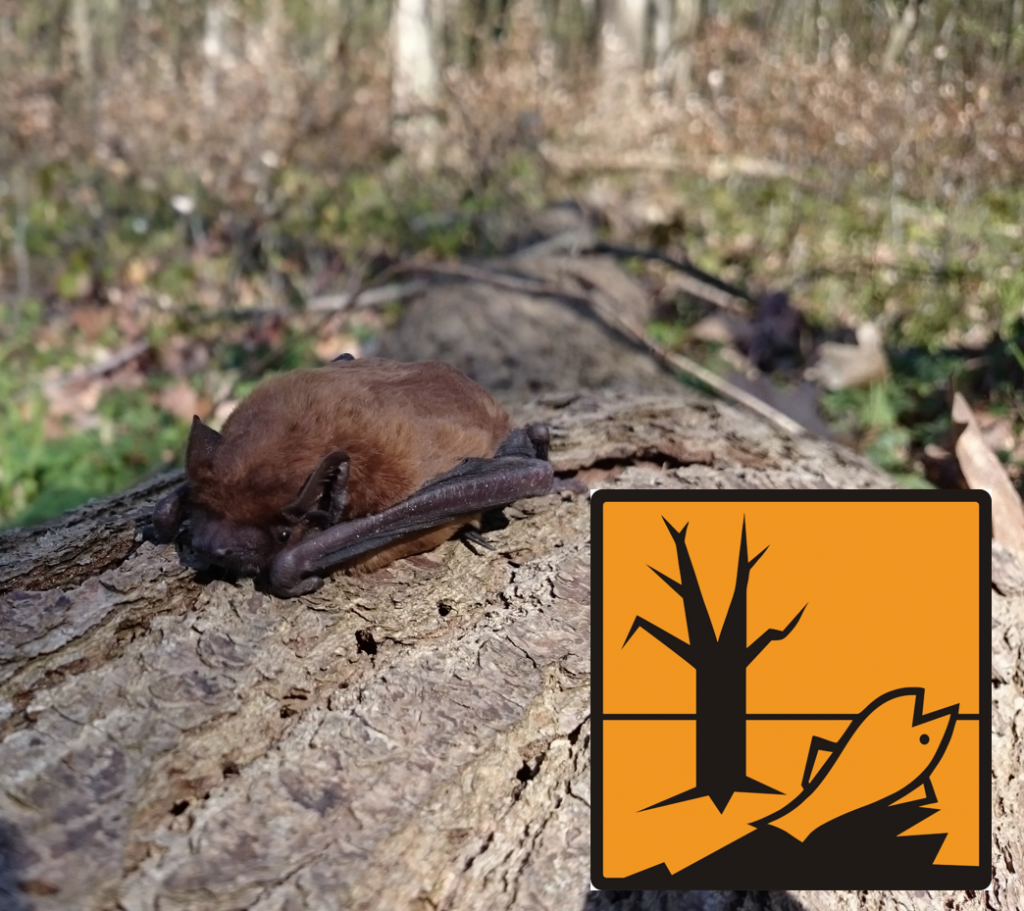As insect-eaters, bats are particularly endangered by the use of various environmental contaminants (e..B. persistent organic and inorganic pollutants), because these environmental toxins can accumulate extremely strongly within the food chain. It is therefore astonishing that relatively little is known about the direct and indirect effects of environmental pollutants on bats, both in terms of resulting physiological processes and the potentially different effects on individuals, populations, and even the ecosystem.
In the present study, the authors examined one-year-old bats in the city of Kharkiv in northeastern Ukraine for contamination with heavy metals. An analysis of different types of tissue from noctule bats (Nyctalus noctula) and serotine bats (Eptesicus serotinus) was carried out. Samples of external tissues (wing membrane, fur) and internal tissues (liver, lung, kidney, bone) were examined for the content of lead, copper, zinc and cadmium. The aim was to check whether the analytical values from the fur or wing membrane correlate with those of the inner tissues and whether the fur or wing membrane samples can act as a kind of biomarker for heavy metal loads.
The tissues differed significantly in the concentrations of the individual metals studied, with no difference between the two bat species. In all bats, heavy metal loads could be detected, from a low to moderate concentration of all four metals. However, the bats did not appear to be directly endangered by the metal toxicity, for example showed no signs of poisoning. However, it must be considered that only juveniles were studied in this study and it is possible that older animals could accumulate heavy metals over the course of their lives and thus have higher values.
In the serotine bats studied, lead concentrations were equally reflected in all external and internal tissues, where a strong correlation could be documented. For cadmium only a correlation between fur and lungs was found, for copper between fur and liver and for zinc between fur and kidney. In contrast, only a correlation between the zinc concentrations in the fur and in the kidney was found in noctules. The differences between the two species are probably due to their different ecology. While noctules hunt primarily in forest and openland areas and travel long distances, serotine bats remain closer to their roosts, so that the examined individuals probably hunted more in urban areas.
The results show that the values of fur and wing membrane can be used as biomarkers for heavy metal loads of the animals. Furthermore, they can be used as approximations for the heavy metal concentrations in the internal organs, taking into account certain bat-specific and metal-specific differences.
Remembering the DDT disaster a few decades ago, in which native bat populations were drastically decimated, the results of the above described research gives reason to examine the consequences of heavy metal exposures in more detail through further studies. In addition, bats may probably also be used as bioindicators for particularly harmful pesticides and other chemical pollution.

Original study:
Timofieieva, O., Ewiergosz-Kowalewska, R., Laskowski, R. Vlaschenko, A. (2021): Wing membrane and for as indicators of metal exposure and contamination of internal tissues in bats, Environmental Pollution 276, 116703. https://doi.org/10.1016/j.envpol.2021.116703
